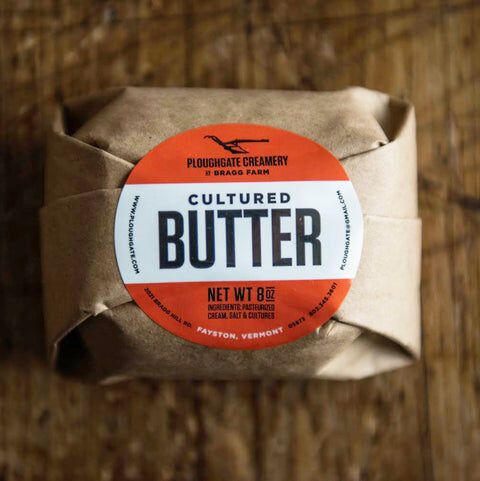Holiday foods are more than just delicious dishes on the table; they carry deep meanings and tell stories that go back generations. Different cultures have their unique way of blending food with tradition, creating dishes that symbolize everything from prosperity to family unity.This makes them not just part of the celebration, but an essential element that connects us to the past while bringing loved ones together. Here are some fascinating holiday foods and the stories they carry.
Contents
- 1 Dumplings (Chinese New Year)
- 2 Black-Eyed Peas (New Year’s in the American South)
- 3 Mooncakes (Mid-Autumn Festival, China)
- 4 Sugar Skulls (Day of the Dead, Mexico)
- 5 Latkes (Hanukkah, Jewish Tradition)
- 6 Feast of the Seven Fishes (Christmas Eve, Italy)
- 7 Hot Cross Buns (Good Friday, England)
- 8 Panettone (Christmas, Italy)
- 9 Tamales (Christmas, Latin America)
- 10 Zongzi (Dragon Boat Festival, China)
- 11 Roast Lamb (Easter, Various Cultures)
- 12 King Cake (Mardi Gras, USA)
- 13 Mince Pies (Christmas, England)
- 14 Challah Bread (Shabbat, Jewish Tradition)
- 15 Pretzels (Lent, Christian Tradition)
- 16 More From RetailShout
- 17 15 Classic Diner Meals That Bring Back Nostalgia
- 18 10 British Party Favorites the Rest of the World Should Know
Dumplings (Chinese New Year)

Dumplings, a staple of Chinese New Year, are more than just a delicious treat; they symbolize wealth and prosperity. Their shape resembles ancient Chinese gold ingots, and eating them is believed to bring financial success in the coming year. Many families even hide coins inside some dumplings as a surprise for extra luck. Traditionally, dumplings are eaten at midnight to usher in good fortune. They are filled with ingredients like pork, vegetables, and shrimp, each holding its own meaning, such as happiness and family unity.
Black-Eyed Peas (New Year’s in the American South)

Black-eyed peas are commonly served in the American South on New Year’s Day as a symbol of good luck and prosperity. This tradition dates back to the Civil War, when they were one of the few crops left untouched by Union soldiers. Paired with collard greens (symbolizing money) and cornbread (gold), this dish is believed to bring wealth and success for the year ahead. The dish “Hoppin’ John” is a popular preparation that combines black-eyed peas and rice, representing abundance and a fresh start.
Mooncakes (Mid-Autumn Festival, China)

Mooncakes are central to the Chinese Mid-Autumn Festival, symbolizing reunion and completeness. The round shape of these cakes represents the full moon and the unity of family members coming together. Traditionally, they are filled with sweet pastes like lotus seed or red bean and sometimes include salted egg yolks, symbolizing the moon. Eating mooncakes during this festival honors both ancestors and the celestial bodies.
Sugar Skulls (Day of the Dead, Mexico)
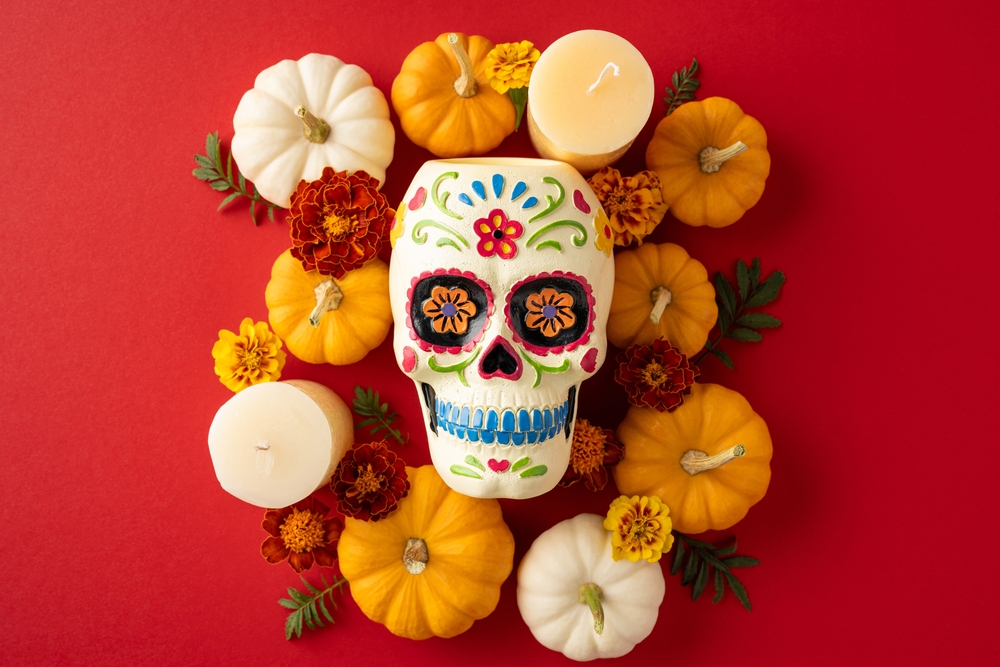
During the Day of the Dead, sugar skulls are made to honor deceased loved ones. The brightly decorated skulls represent the sweetness of life and the idea that death is not an end but a continuation of the soul’s journey. Placing these skulls on altars is a way to invite the spirits back to the earthly realm for a day of celebration and remembrance. The symbolism behind sugar skulls emphasizes the vibrant and colorful view of death in Mexican culture.
Latkes (Hanukkah, Jewish Tradition)

Latkes, or potato pancakes, are eaten during Hanukkah to commemorate the miracle of the oil that lasted eight days in the Temple of Jerusalem. Fried in oil, they are a symbolic reminder of this event. The round shape of latkes can also be associated with the idea of wholeness and the cyclical nature of time. Alongside other fried foods, they represent the light and hope that Hanukkah embodies.
Feast of the Seven Fishes (Christmas Eve, Italy)
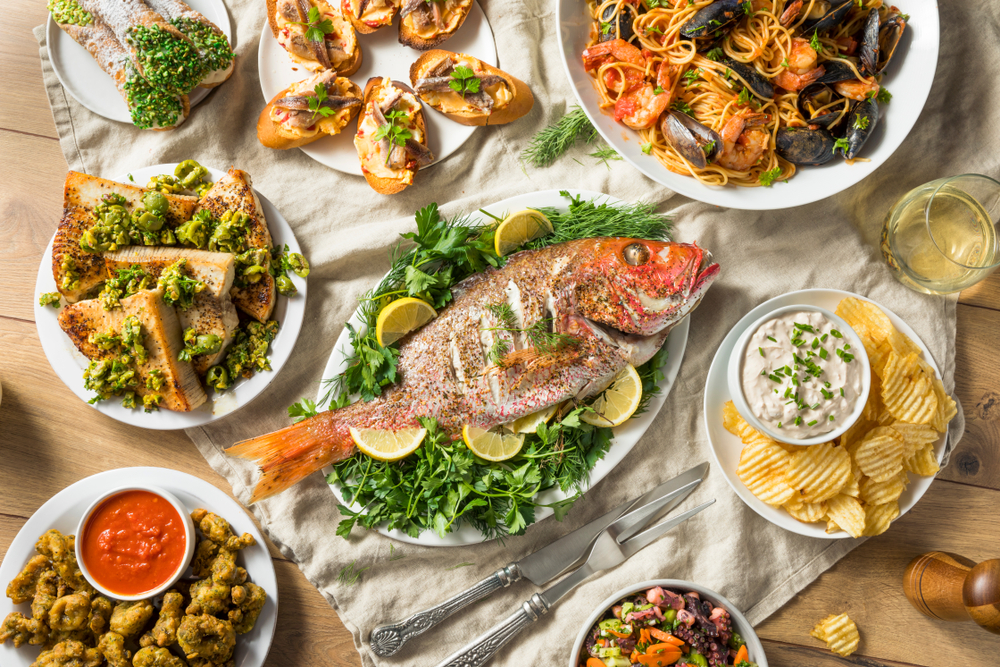
The Feast of the Seven Fishes is an Italian-American tradition celebrated on Christmas Eve. This meal, consisting of seven different seafood dishes, is symbolic of the seven sacraments of the Catholic Church. The number seven also has biblical significance, representing perfection and completion. This feast allows families to come together to honor their faith while enjoying a lavish meal.
Hot Cross Buns (Good Friday, England)
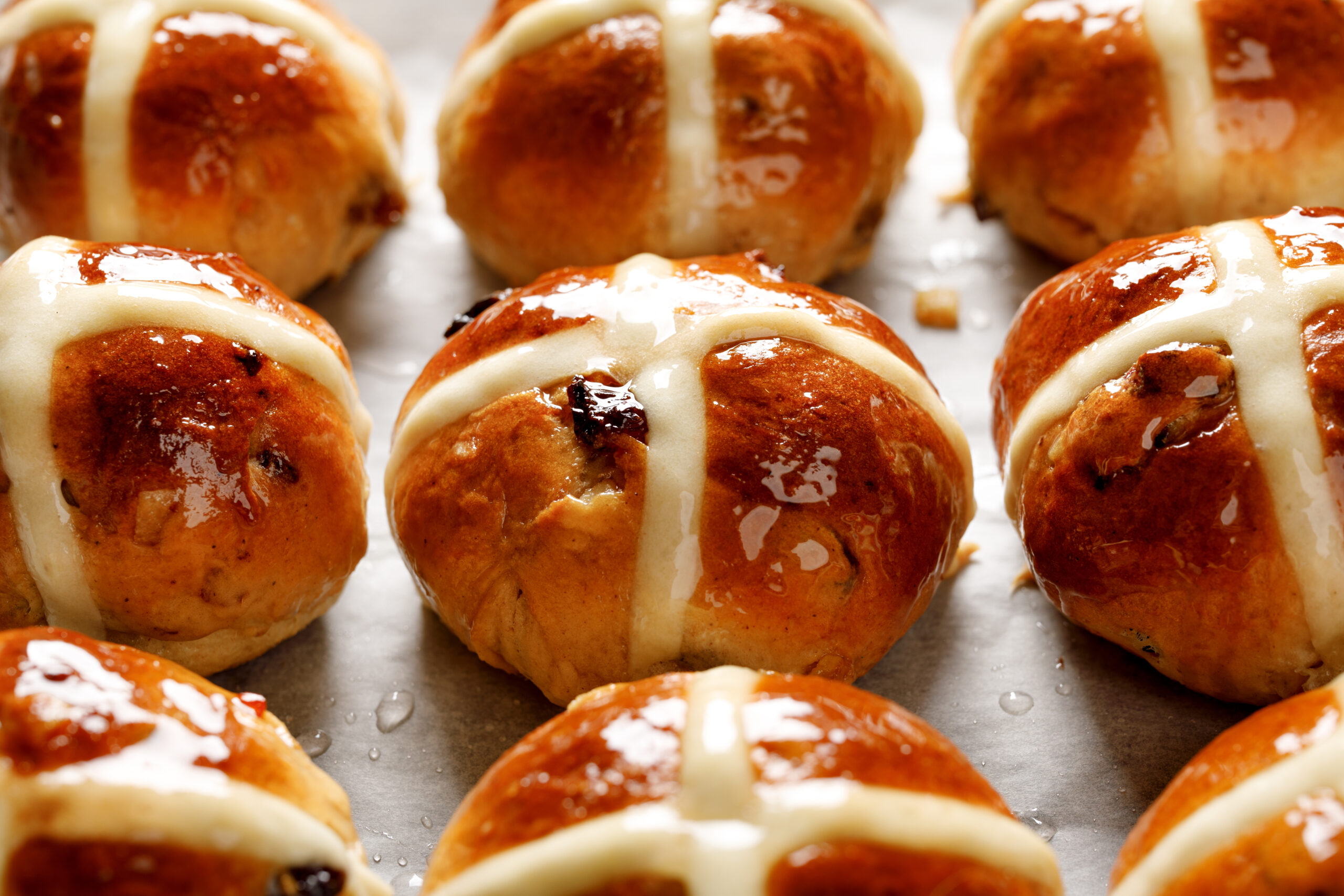
Hot cross buns are eaten on Good Friday and have strong Christian symbolism. The cross on top of the bun represents the crucifixion of Jesus, and the spices used in the dough are thought to represent the spices used to embalm his body. These buns are often shared among families as a symbol of peace and unity during the solemn observance of Easter.
Panettone (Christmas, Italy)
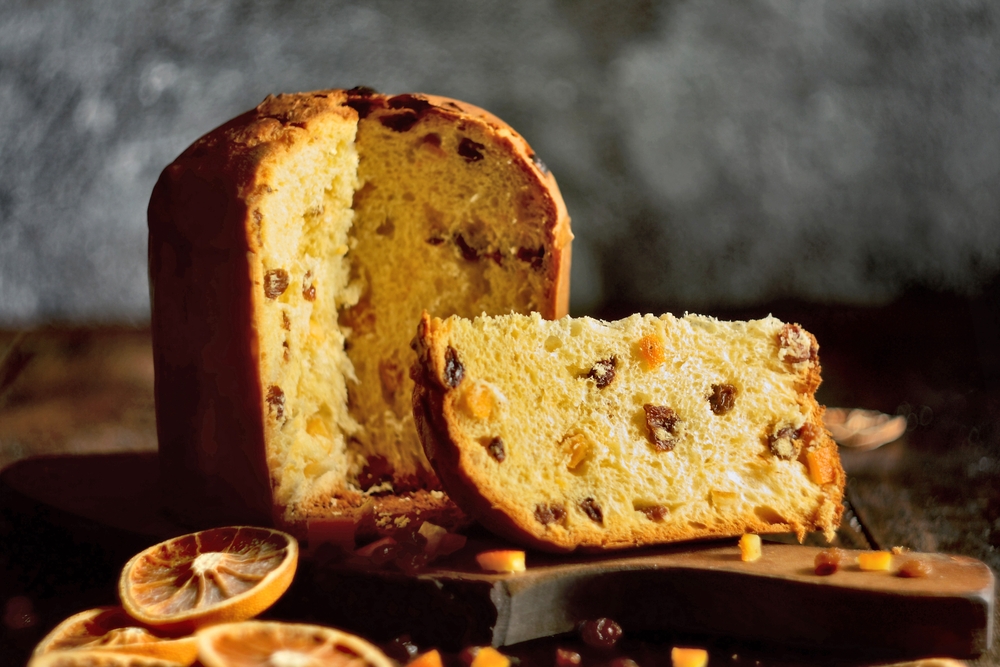
Panettone, a sweet bread from Italy, is traditionally eaten during the Christmas season. Its dome shape and rich ingredients, including dried fruits and candied peels, symbolize prosperity and celebration. Panettone has its roots in Milan and is now enjoyed globally as a Christmas treat, symbolizing the abundance and joy of the holiday season.
Tamales (Christmas, Latin America)

Tamales are a traditional food during Christmas celebrations across Latin America, symbolizing unity and family. The process of making tamales is often a communal activity, with families gathering to prepare and cook them together. Wrapped in corn husks, they represent the protection of life, with the filling symbolizing the nurturing of the human soul.
Zongzi (Dragon Boat Festival, China)

Zongzi, sticky rice dumplings wrapped in bamboo leaves, are eaten during the Dragon Boat Festival in China. These dumplings are said to commemorate the death of the poet Qu Yuan, who drowned in a river. The rice is meant to protect his body from fish and evil spirits. Today, zongzi symbolize sacrifice, remembrance, and patriotism.
Roast Lamb (Easter, Various Cultures)

Roast lamb is a traditional Easter dish that symbolizes Jesus as the “Lamb of God.” The practice of eating lamb during Easter dates back to the Jewish Passover and is rooted in religious symbolism of sacrifice. The lamb represents purity and redemption, making it a powerful symbol of resurrection and new life during the Easter celebration.
King Cake (Mardi Gras, USA)

King Cake, eaten during Mardi Gras in the southern United States, especially in New Orleans, is a colorful cake that holds a hidden baby figurine inside. The baby represents the infant Jesus, and whoever finds it is believed to receive good luck and prosperity for the coming year. The cake’s vibrant colors of purple, green, and gold also have symbolic meanings, representing justice, faith, and power, respectively.
Mince Pies (Christmas, England)
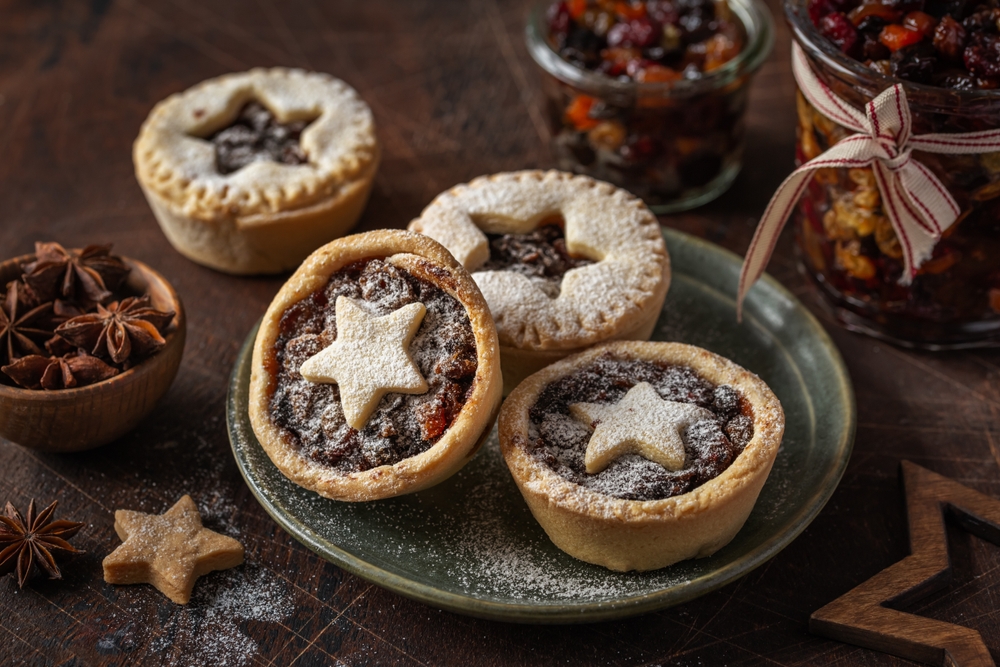
Mince pies have been a part of Christmas traditions in England since the Middle Ages. Originally filled with a mixture of meat and fruits, these pies represent the gifts brought to Jesus by the Magi. The spices used in the pies are thought to recall the Eastern spices given to the infant Jesus, and the pie’s small size makes it a symbolic gift of abundance and sharing.
Challah Bread (Shabbat, Jewish Tradition)

Challah bread, eaten during the Jewish Shabbat, is braided to symbolize the intertwining of love and spirituality. It is also associated with the manna that sustained the Israelites in the desert, representing God’s sustenance. The bread is often sprinkled with sesame or poppy seeds, which symbolize abundance and the hope for blessings in the week ahead.
Pretzels (Lent, Christian Tradition)

Pretzels are associated with the Christian season of Lent, symbolizing prayer and repentance. The shape of the pretzel, with its looped form, is said to represent arms crossed in prayer. Historically, they were made with simple ingredients like flour and water to comply with Lenten dietary restrictions.
This article originally appeared on RetailShout.
More From RetailShout
10 Amazing Food Hacks for an Unforgettable Camping Trip

Camping doesn’t mean you have to sacrifice good food and flavors.Whether you’re a seasoned camper or a newbie, these tips will make your campfire cooking a breeze. Dive in and discover how to transform your campsite kitchen into a gourmet experience! Read More.
15 Classic Diner Meals That Bring Back Nostalgia

Craving a bite of comfort food straight out of a classic diner? From crispy hash browns to hearty meatloaf, these diner staples bring a rush of nostalgia with every bite. Whether you’re reliving old memories or introducing these dishes to a new generation, these recipes are simple enough for anyone to make. Read More.
10 British Party Favorites the Rest of the World Should Know

When it comes to party foods, Britain offers a treasure trove of delectable bites that many outside the UK have yet to experience. These traditional British snacks and treats are perfect for any festive occasion, bringing a taste of Britain’s culinary heritage to the table. In this list, we’ll introduce you to 10 British party foods that deserve global recognition. Prepare to be charmed by these flavorful and fun offerings that are sure to impress your guests. Read More


